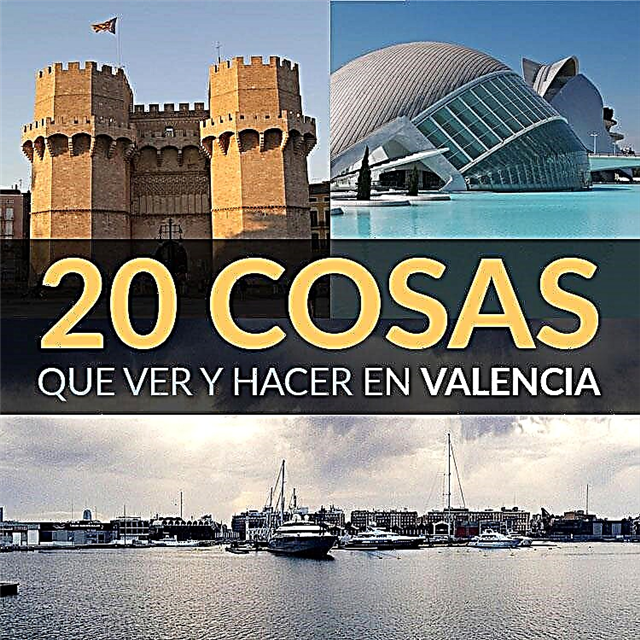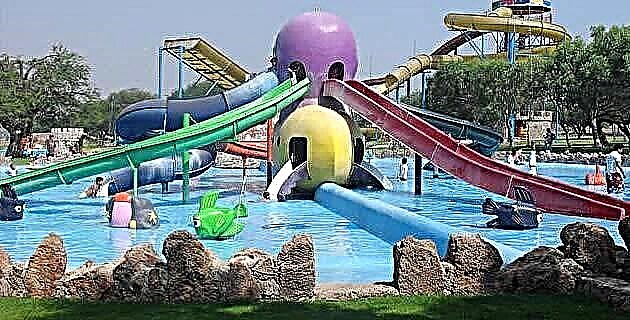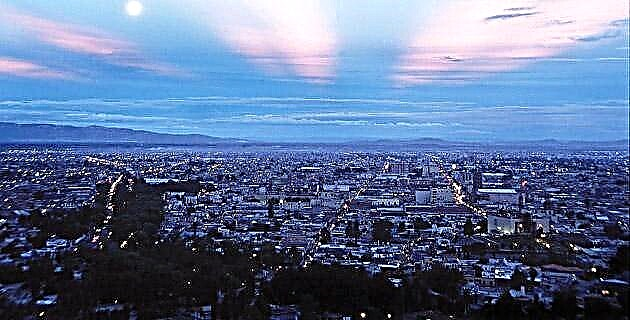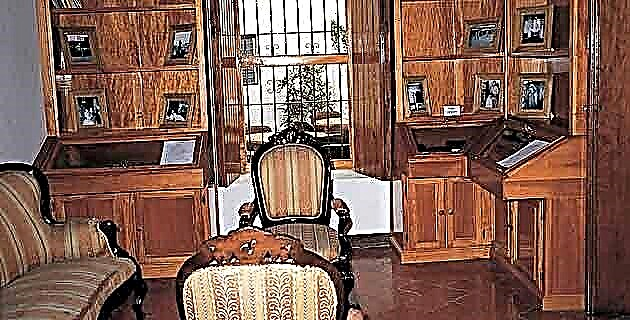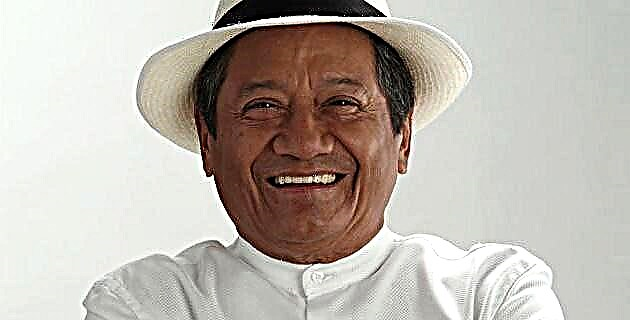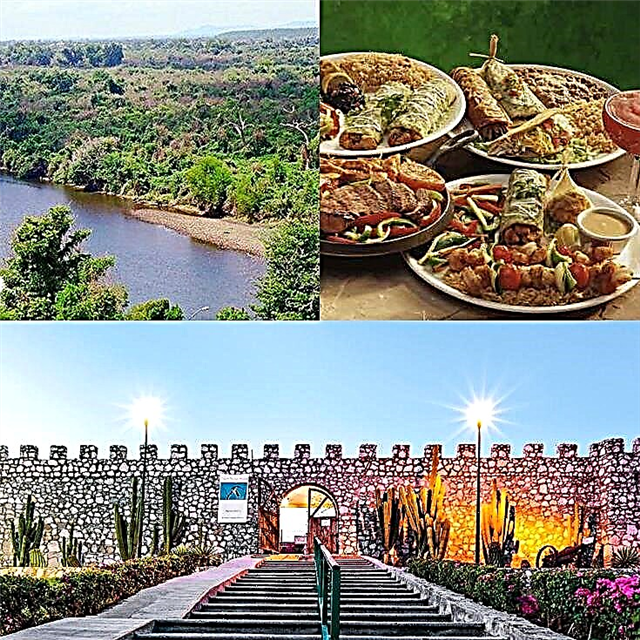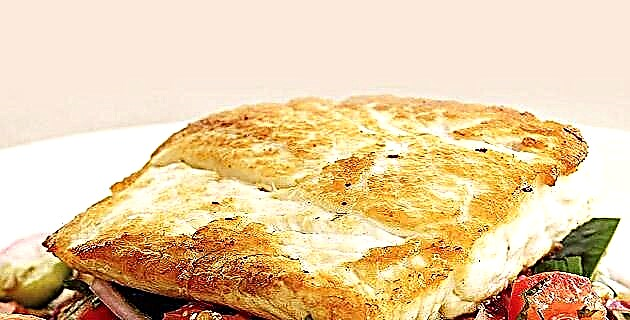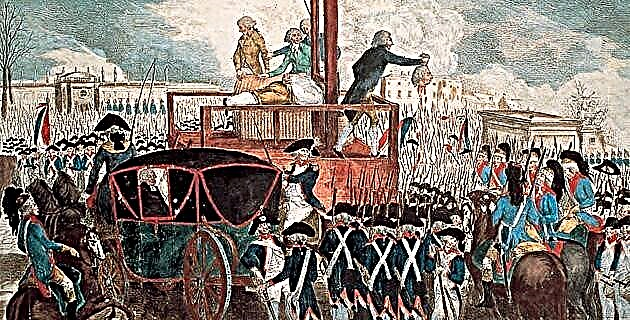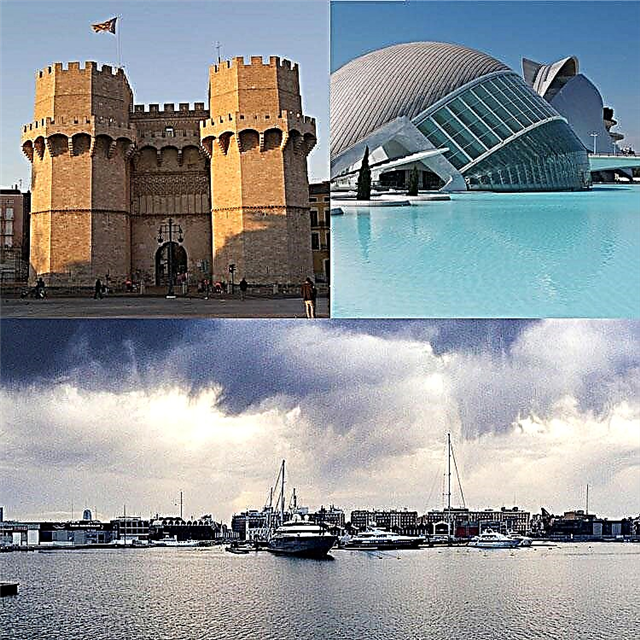Valencia is one of the Spanish cities that best integrates past and modernity, traditional environments and contemporary spaces. These are the 20 things you must see and do in «El cap i casal»
1. Medieval wall
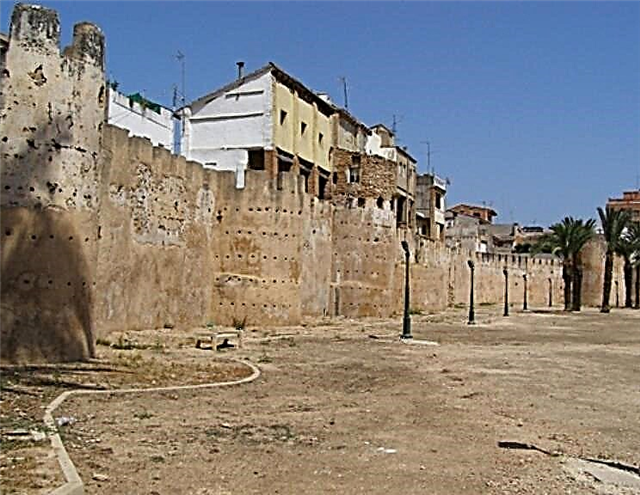
The ruins that are preserved are those of the third wall of Valencia, built in the 14th century by order of King Pedro IV of Aragon. Before, the city had a Roman wall and later another from the Muslim era. Its length was 4 kilometers and it had 4 major and 8 minor gates. In the intramural enclosure were the religious buildings, barracks, warehouses, residences, water tanks and everything necessary to resist a siege, including some spaces for orchards.
2. Serranos Gate
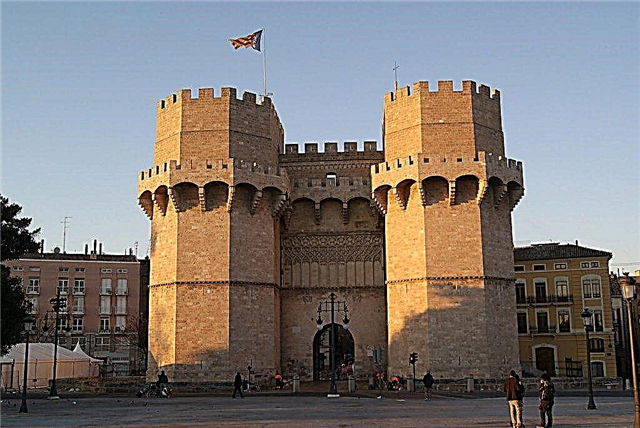
Also called Torres de Serranos, it is the best preserved main gate of the Valencian wall. One version says that it owes its name to the fact that it was oriented towards the road to the Los Serranos region. Another version indicates that the Serranos were a powerful family. During the Spanish Civil War, the place was used to protect some masterpieces taken from the Prado Museum. It is the place from which the call to the Las Fallas festivals is traditionally made.
3. Cathedral of Santa María
It was the first great Valencian temple that began to be erected after the Reconquest, consecrated in honor of the Assumption of Mary. The chalice used to officiate the mass is from the 1st century and inside the church there are invaluable works of art. Since its construction lasted for 200 years, it shows different artistic styles. Among its great wonders are La Puerta de l’Almoina (La Limosna), the dome, the Chapel of the Holy Chalice, and its exquisite murals and altarpieces, which make it a jewel of universal art.
4. Basilica of the Virgen de los Desamparados
The Virgen de los Desamparados is the patron saint of the city of Valencia and the Valencian Community. The basilica dates from the seventeenth century and displays magnificent frescoes on its inner dome, the work of the Cordoba painter Antonio Palomino. Other emblematic pieces are its stained glass windows, allegorical to the Virgin, the Holy Rosary and other religious themes.
5. Church of the Santos Juanes
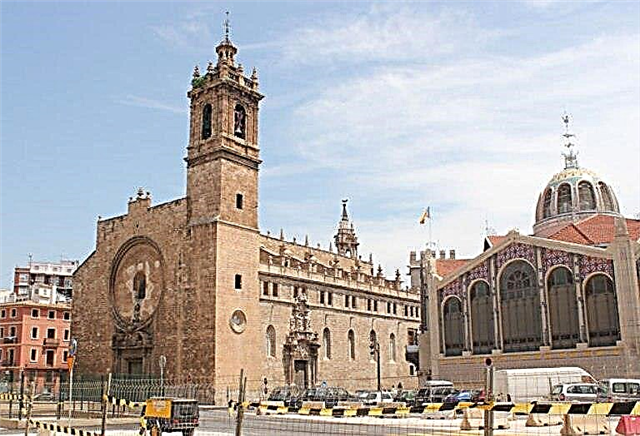
This monument started out as Gothic and ended up being Baroque due to successive reconstructions. It is very close to two other Valencian architectural treasures, the Lonja de la Seda and the Central Market. On the facade facing the market there is a sculpture of the Virgin of the Rosary by the Italian sculptor Jacopo Bertesi. The paintings in the vaults and the presbytery are by Antonio Palomino. The building was seriously damaged by fire during the Spanish Civil War.
6. Church of Santa Catalina
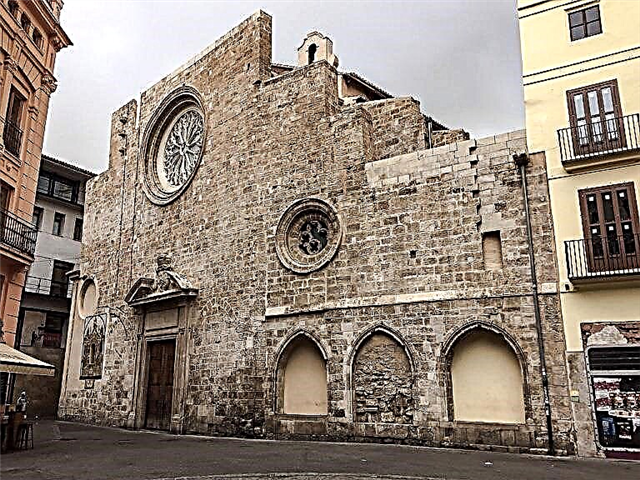
This Gothic temple from the 13th century was built on the site of a mosque and has recorded two important reconstructions from the 16th and 18th centuries. Its bell tower is a singular work of the Spanish Baroque. The bells were cast in England and the clock dates from 1914. In 1936 it was set on fire by republican supporters, being recovered in the 1950s. Its facade faces the Plaza Lope de Vega.
7. Monastery of San Miguel de los Reyes
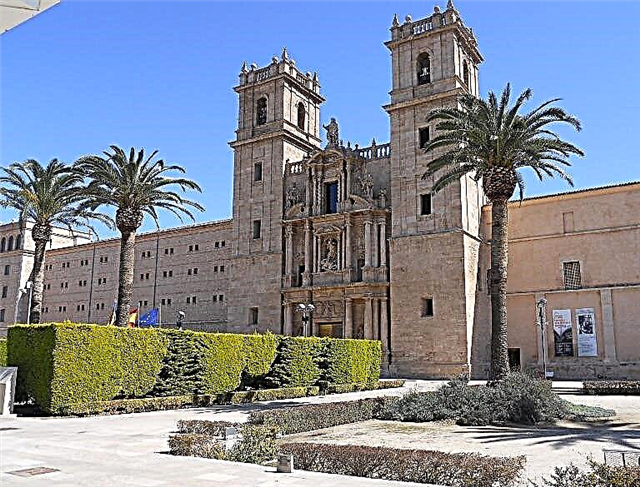
It is a Renaissance work erected in the 16th century at the request of Germana de Foix, wife of Duke Fernando de Aragón, as the site of his future mausoleums. Its most striking components are the front façade of the convent, the towers of the portería, the entrance of the monastery and its cloisters with splendidly preserved green areas. As a curious fact, it was first jail and then school, so the prisoners walked and the children played in the same courtyards.
8. Lonja de la Seda
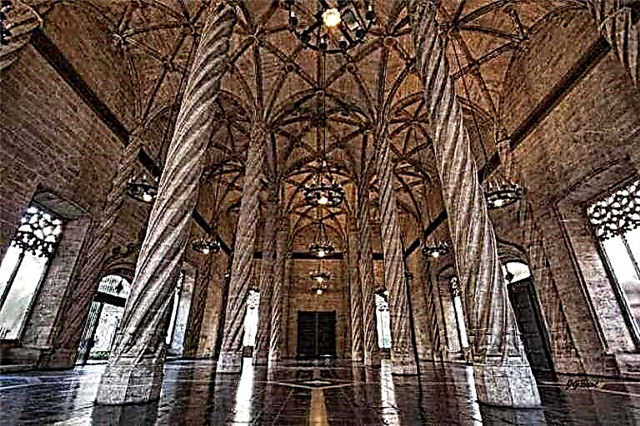
The fish markets were the meeting houses of the merchants and the one for the silk of Valencia is a superb example of Gothic architecture. It is made up of 4 areas, the Tower, the Consulate of the Sea, the Patio de los Naranjos and the Contract Room. Its decorative components such as gargoyles, ogee arches, sculptures and elements of Flamboyant Gothic make it an artistic work. Silk thieves and unscrupulous merchants caught on the spot were locked in a dungeon in the tower while authorities arrived.
9. Palace of Las Cortes
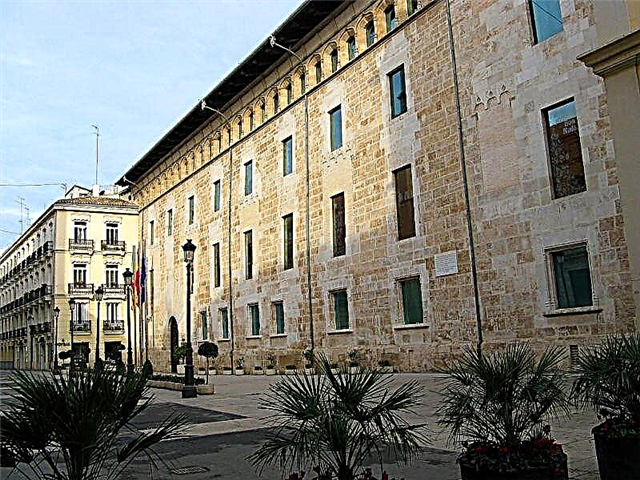
Also called the Benicarló Palace and the Borja Palace, this Gothic and Renaissance building was erected to serve as the residence of the powerful prelate Roderic de Borja, who Italianized his surname as Borgia and became Pope Alexander VI. After the mansion of Lucrecia's father and César Borgia, the house housed several families of the Valencian nobility, was a silk factory in the 19th century and during the Spanish Civil War it was the seat of the Republican government. Now it is the seat of the Courts of Valencia.
10. Palace of the Valencian Generalitat
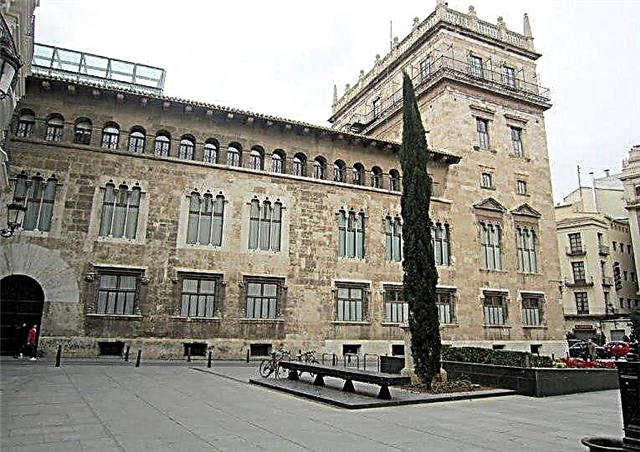
The current seat of the government of the Valencian Community began to rise in the 15th century and shows Gothic, Mannerist and Renaissance lines. Each of its rooms is in itself an artistic jewel, highlighting the «sala gran daurada», the «sala xica daurada» and the «sala nova» with its exquisitely worked ceilings. In the palace chapel there is a valuable altarpiece by the Aragonese painter Juan Sariñena. The staircase in the courtyard and the tower in the west wing, dating from the 20th century, are also worth admiring.
11. González Martí National Museum of Ceramics and Sumptuary Arts
This institution began in 1954 with the personal heritage of the Valencian cartoonist, historian and scholar Manuel González Martí, who was its first director. It operates in the Palacio del Marqués de Dos Aguas, a beautiful building from the 18th century. Mention should be made of the Carroza de las Ninfas and the Sala Roja, a sumptuously furnished ballroom. There are also ancient costumes, paintings, earthenware, ceramics and a Valencian cuisine with an extraordinary setting.
12. Bullring
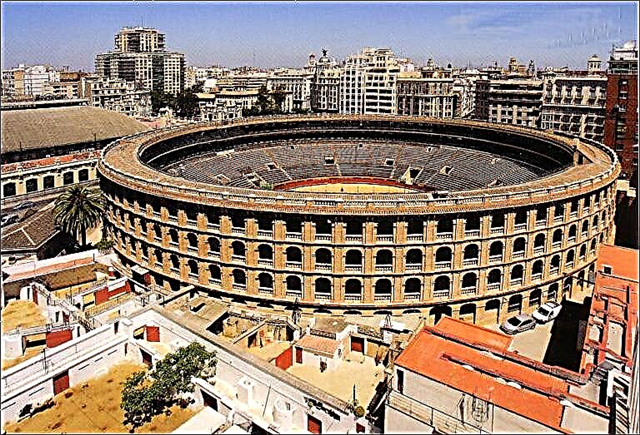
Valencia has a great bullfighting tradition and its bullring is another architectural symbol of the city. It was built in the mid-19th century, inspired by the shape of the Colosseum in Rome and has 384 exterior arches in the Neo-Mudejar style. Its arena is 52 meters in diameter and holds almost 13,000 spectators. The first bullfight took place on June 22, 1859, with Francisco Arjona "Cúchares" as the matador. Throughout the year there are 4 fairs, the most important being Las Fallas, in March, and San Jaime, at the end of July.
13. Town Hall
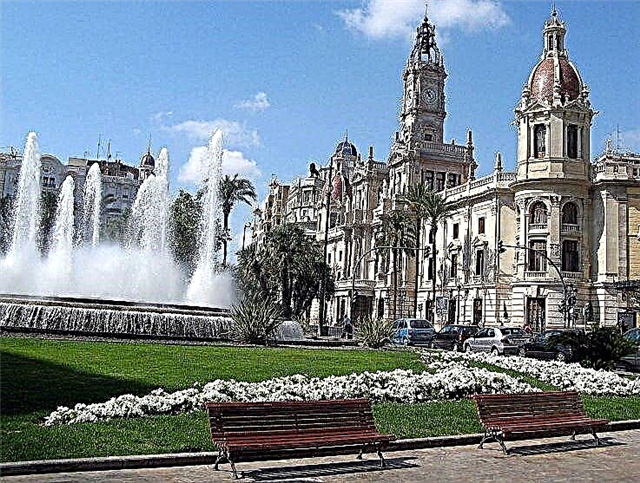
It is the current headquarters of the Municipal Council and began as the Teaching House, in the mid-18th century. Its main façade dates from the period 1910 - 1930. It is located opposite the Plaza del Ayuntamiento and as its original name indicates, it was conceived as a school. After crossing its splendid lobby, inside you have to admire its ballroom decorated with paintings and marble reliefs, and the town hall, which gives the building its name.
14. Central Market
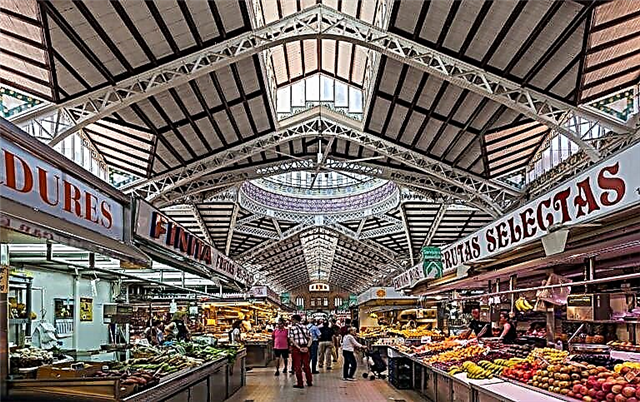
The central market of Valencia is a modernist work from the second decade of the 20th century. It is a great tourist attraction due to the bustle and color of its nearly 400 small merchant stalls that display the freshness of vegetables, meats, fish and other provisions. If you are preparing to prepare a paella or some other delicacy of Valencian cuisine, this is the ideal place to buy the ingredients, since you can also enjoy the architectural beauty of its dome and other spaces.
15. City of Arts and Sciences
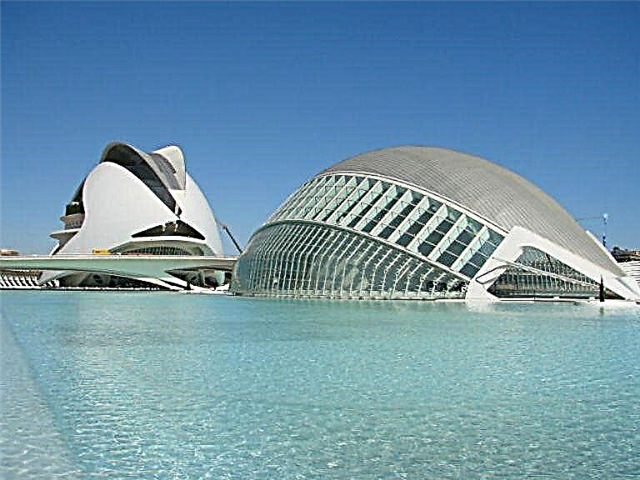
The design of this artistic citadel came from the table of the famous Spanish architect Santiago Calatrava. Its first open space was El Hemisférico, an eye-shaped building with a 900-square-meter concave screen in which science and technology-related projections are made. Another component is El Ágora, a covered structure of almost 5,000 square meters in which artistic, sporting and other events are held.
16. Alameda Station
This Valencia metro station is another work by Santiago Calatrava, located below the old riverbed of the Turia River, on Paseo de La Alameda. The station is below the Bridge of the Exhibition, also designed by Calatrava, called Puente de la Peineta for its curious appearance. The station is a work that integrates the originality of the architect's work with the necessary functionality in a metro in a big city.
17. Principal Theater
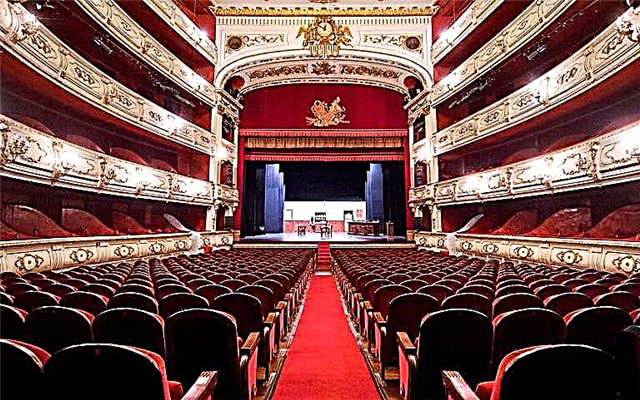
It was the first theatrical setting in Valencia by modern standards. This building with a neat rococo decoration was inaugurated in the middle of the 19th century. One of his most relevant premieres was that of the opera The Wildcat, by the Valencian composer Manuel Penella Moreno, in 1916. It has also opened its doors to pop culture and a concert by the late singer Nino Bravo in 1969 is well remembered.
18. Palace of the music
It is a work of the 20th century, by the Sevillian architect José María García de Paredes. The palau, as it is colloquially known in Valencia, is located in the old riverbed of the Turia River and has several rooms where musical presentations, exhibitions, film screenings, congresses and other cultural and commercial events take place.
19. The festival of Las Fallas
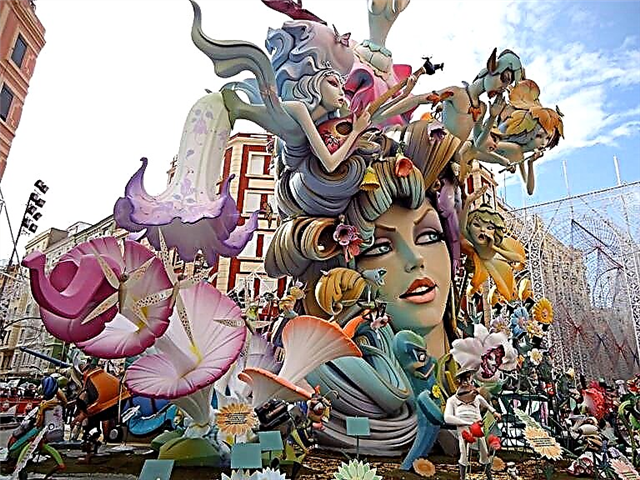
Perhaps you should plan your trip to Valencia to coincide with Las Fallas, a popular festival that takes place between March 15 and 19, Saint Joseph's Day and Father's Day in Spain. The name comes from the bonfires that were lit on the eve of San José, called fallas. Valencians wear their traditional clothing and there are parades, concerts, exhibitions, a bullfighting fair, horseback riding and colorful pyrotechnic shows, highlighting that of the mascletá. The different neighborhoods and sections of the city compete with each other to win the final awards.
20. Paella a la Valenciana!
We invite you to close this short trip through Valencia enjoying a delicious Valencian paella, the culinary symbol of the territory. It started out as a simple dish in which humble people mixed rice with whatever meat and vegetables were available. The succulent Valencian paella was originally based on duck, rabbit, chicken and snails, but it has diversified, and now the one that incorporates seafood is very popular. We recommend that you uncork a good Spanish wine, but first try an Agua de Valencia, the city's cocktail.
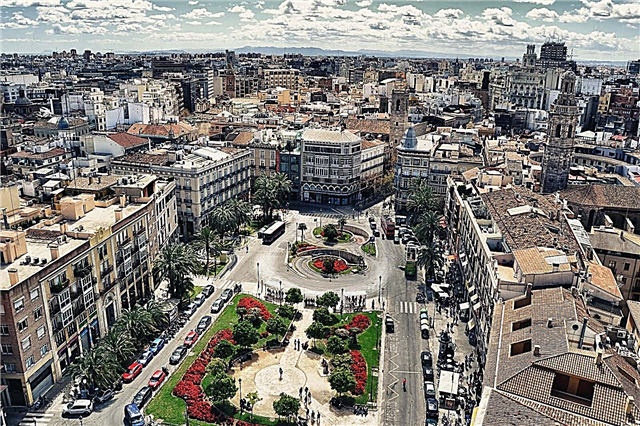
Were you a bit tired from the walks and satisfied with the paella? On our next trip to Valencia, do not miss the baked rice, black rice and some places of interest that you could not visit.